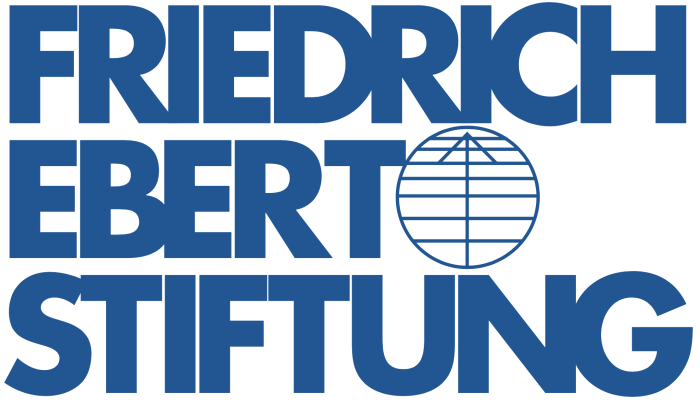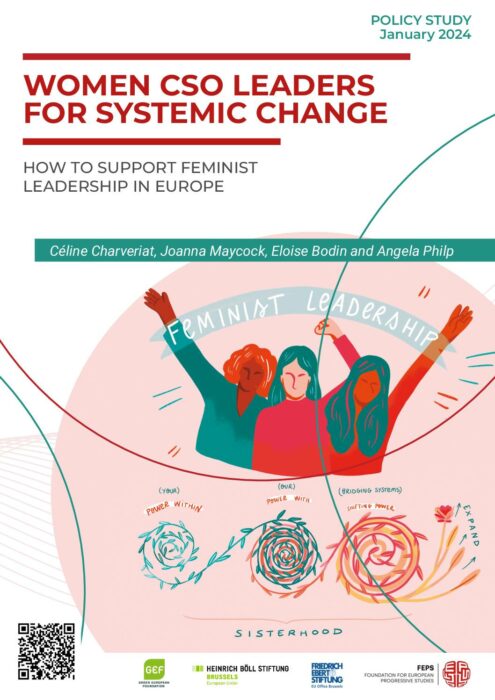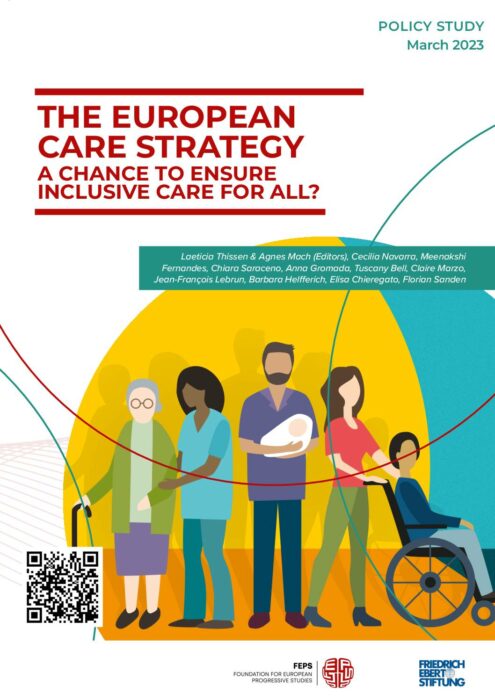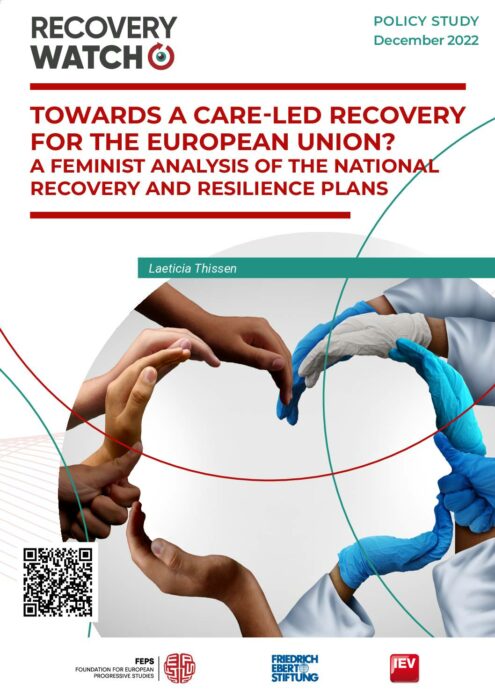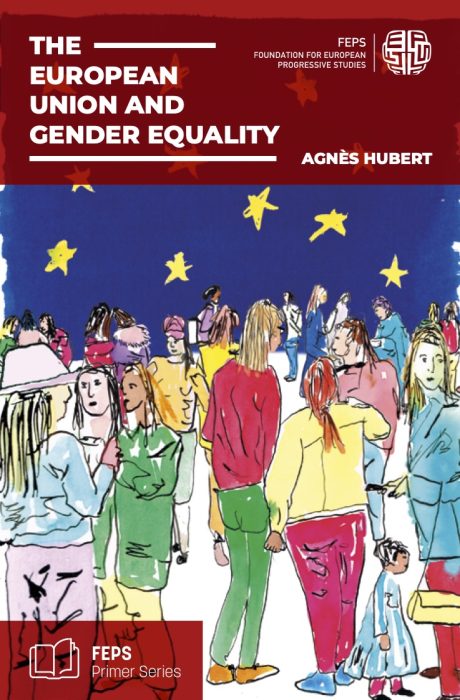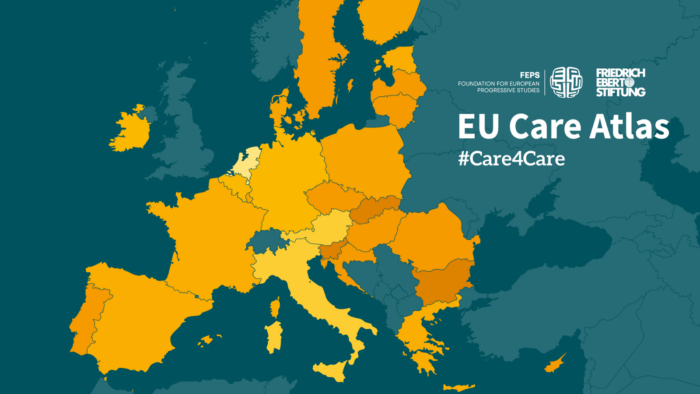Network
Find all related publications
Publications
Find all related events
Events
Past
25 - 26/10/2024
Budapest, Hungary
08/03/2024
Budapest, Hungary
19/01/2024
Vienna, Austria
Find all related news
News
Find all related in the media
In the media

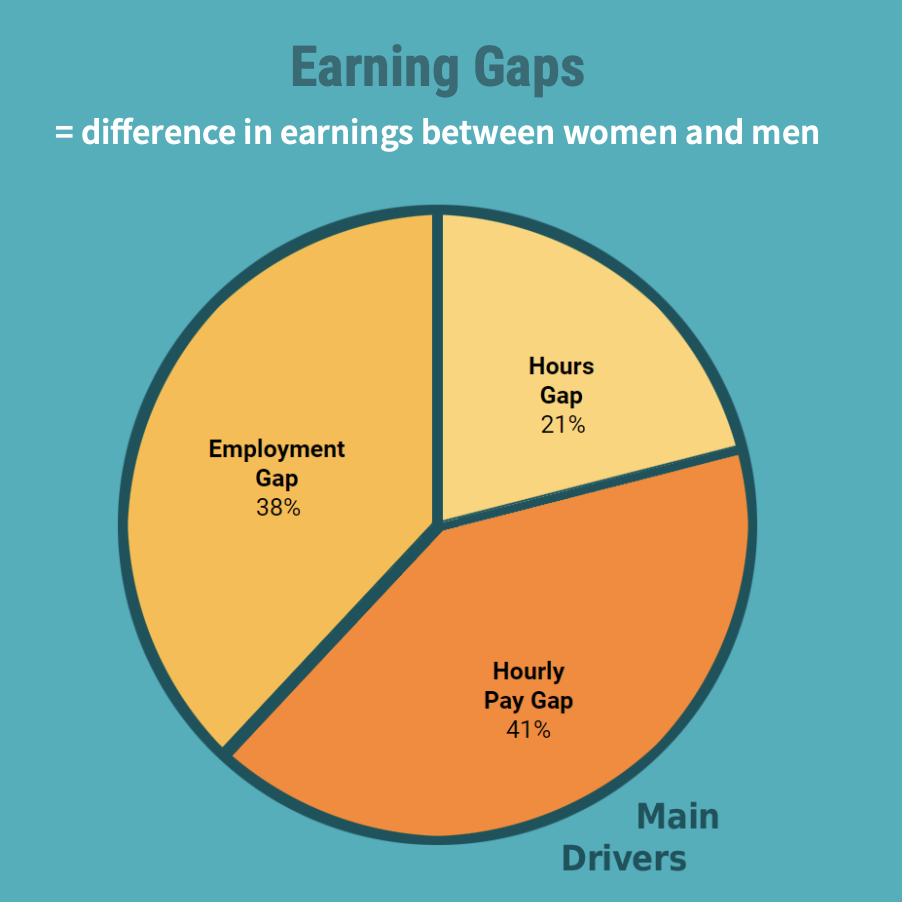 – The gender pay gap (13% EU average) is the difference in average gross hourly earnings between women and men. It accounts for less than half of the total earnings gap between genders (41%).
– The gender pay gap (13% EU average) is the difference in average gross hourly earnings between women and men. It accounts for less than half of the total earnings gap between genders (41%).